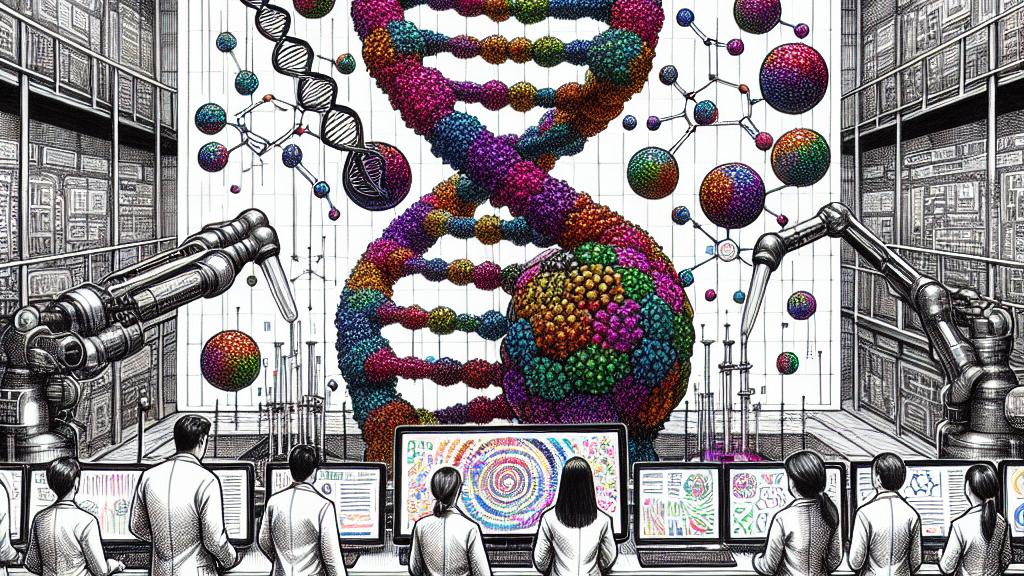Exploring 3D Genome Structures with AI Technology
Overview
- Generative AI accelerates the analysis of complex genomic structures.
- MIT researchers are radically transforming our understanding of gene expression.
- This groundbreaking technology is poised to redefine the landscape of genetic research.

A Game Changer in Chemistry
In the fast-evolving realm of scientific exploration—especially within the United States—generative AI has emerged as a pivotal tool for chemists. Recently, the trailblazing researchers at the Massachusetts Institute of Technology (MIT) have introduced a truly remarkable technique. This method harnesses generative artificial intelligence to predict intricate genome structures in mere minutes. Can you envision the potential of unraveling how the 3D configuration of DNA influences cell function and gene expression almost instantaneously? This groundbreaking speed offers a stark contrast to traditional methods, which often drag on for days or even weeks, creating significant delays in essential research. Imagine the amount of time saved and the discoveries that could unfold!
How It Works: Unraveling the Complexities
Now, let’s delve into the fascinating mechanics behind this revolutionary technology. In essence, generative AI excels in examining and identifying complex patterns within DNA sequences to forecast the awe-inspiring 3D structures of chromatin—an indispensable aspect of understanding gene expression. Unlike older, labor-intensive techniques such as Hi-C, which can be painstakingly tedious—often requiring a week or longer to deliver results—this cutting-edge AI model, known as ChromoGen, delivers accurate structural predictions in a fraction of that time. This leap in efficiency not only accelerates research timelines but also enriches our comprehension of how diverse genes express themselves in various cellular contexts. For example, the stark differences between chromatin structures in neuronal cells versus epidermal cells can now be investigated much more easily, shedding light on their unique functional roles.
Opening New Opportunities: The Future of Genetic Research
The implications of this transformative technology are vast, unlocking exhilarating new avenues for researchers globally. With the leverage of generative AI, chemists are pushing boundaries to decipher the complexities of gene expression, exploring how distinct cell types manifest their unique traits based on their 3D structures. Take, for instance, the potential to understand how chromatin structure abnormalities may lead to diseases like cancer; this knowledge could unlock doors to pioneering therapies and innovative treatments. ChromoGen empowers researchers to tackle challenges that were once viewed as insurmountable, making the analysis of single-cell genome structures not only viable but practical. This remarkable advancement heralds an exciting future, where predictive capabilities may soon match the reliability of results gleaned from traditional laboratory methods. We stand at the threshold of a new era in genetic research, bursting with potential, and the possibilities are truly exhilarating.

Loading...